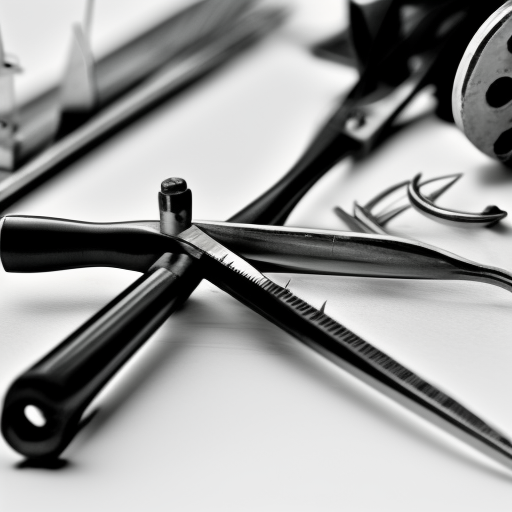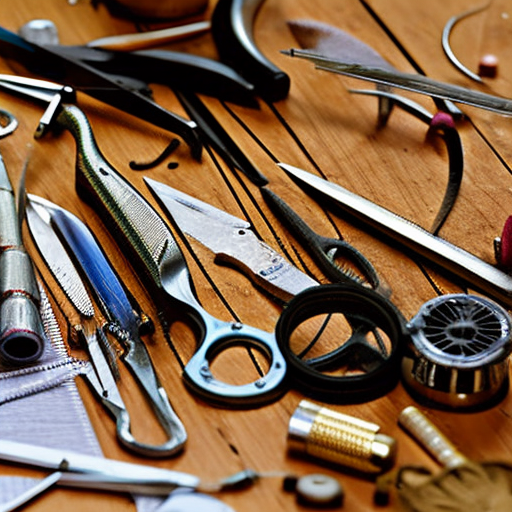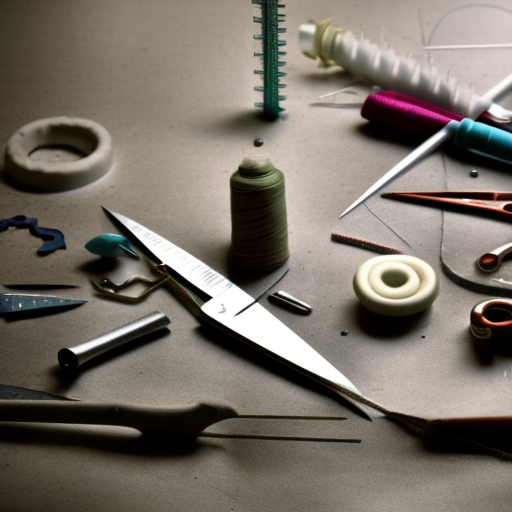Sewing is more than just a practical skill – it’s an art form. From creating beautiful garments to repairing cherished items, sewing is a timeless craft that allows us to express our creativity and bring our ideas to life. And just like any other form of art, the materials we use can greatly affect the end result. In this article, we’ll explore the top-rated materials to use in the art of sewing.
1. High-Quality Fabric
The key to successful sewing projects is using high-quality fabric. This means choosing a fabric that is durable, has a good drape, and is visually appealing. Natural fabrics like cotton, linen, and silk are excellent choices as they are breathable, versatile, and easy to work with. However, synthetic fabrics like polyester and nylon can also be great options for specific projects. When shopping for fabric, pay attention to the thread count, weight, and texture to ensure you are getting the best quality for your project.
2. Threads
Choosing the right thread for your sewing project is crucial as it is responsible for holding all the pieces together. When selecting thread, make sure to match it to the type of fabric you are using. Silk threads are ideal for delicate fabrics, while cotton and polyester threads are more suited for sturdier materials. Also, consider the weight of the thread – thicker threads are better for heavy-duty projects, while thinner ones are best for delicate sewing.
3. Scissors
Having a good pair of scissors is essential for any sewist. The type of scissors you choose will depend on the fabric you are working with and the type of cuts you need to make. For general use, invest in a pair of high-quality dressmaker shears that are suitable for cutting both woven and knit fabrics. It’s also recommended to have a smaller, sharp pair of scissors for precision cutting, like trimming threads and creating buttonholes.
4. Pins and Needles
Pins and needles are essential tools in sewing as they help keep the fabric pieces in place while you stitch. When it comes to pins, it’s best to use long, fine, and sharp ones that won’t leave visible holes in your fabric. For needles, choose the right size and type for your project – thicker needles for sturdier fabrics and thinner ones for delicate materials. It’s also a good idea to have a variety of needle sizes on hand, so you can easily switch them out depending on your project’s needs.
5. Marking Tools
Marking your fabric is crucial for ensuring accuracy in your sewing project. Whether it’s marking seam allowances or creating pattern lines, having the right tools is essential. Tailor’s chalk, fabric markers, and water-soluble pencils are popular options for marking fabric. Whichever tool you choose, make sure it will easily mark the fabric without damaging it or leaving any residue.
6. Iron and Ironing Board
Ironing is a crucial step in sewing as it helps create crisp, professional-looking finished products. Having a good iron and ironing board is essential for achieving the best results. Make sure to choose a steam iron that has adjustable heat settings and a good-sized ironing board that will accommodate your fabric pieces. Regularly pressing your fabric as you sew will result in better-finished pieces and make the overall sewing process easier.
In conclusion, when it comes to the art of sewing, using the right materials can make all the difference. Investing in high-quality fabric, threads, scissors, pins, needles, marking tools, and an iron and ironing board will ensure that your sewing projects come out looking their best. With these top-rated materials, you’ll be on your way to creating beautiful, professional-grade pieces with ease. Happy sewing!





Great guide! I’m excited to learn and try some of the materials you suggested!
A great resource for anyone interested in getting started with sewing or those who want to expand their knowledge!